Lava lamps, everything you need to know about the cult lamp
Lava lamps, the most recognizable of all lamps, have stood the test of time, gradually becoming an essential retro symbol. But beyond their aesthetic appearance and suspended bubbles, how do they work? What's their influence on popular culture and their place in contemporary society? In this article, we'll explore the history and cultural impact of lava lamps.
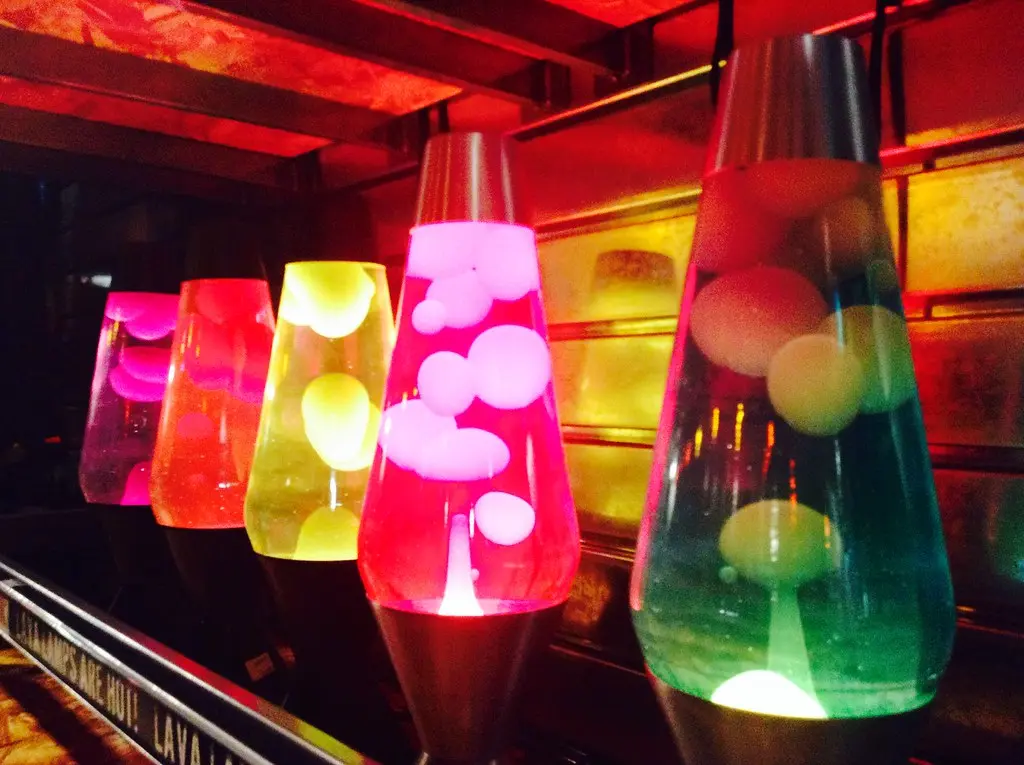 Lava lamps are popular worldwide!
Lava lamps are popular worldwide!
Discover a selection of lava lamps.
The history of lava lamps
Lava lamps, also known as astro lamps, were invented by a British man named Edward Craven Walker in the 1960s. Walker was a former British army engineer.
It was in 1963 that he developed an interest in light effects after seeing a plasma lamp at an exhibition.
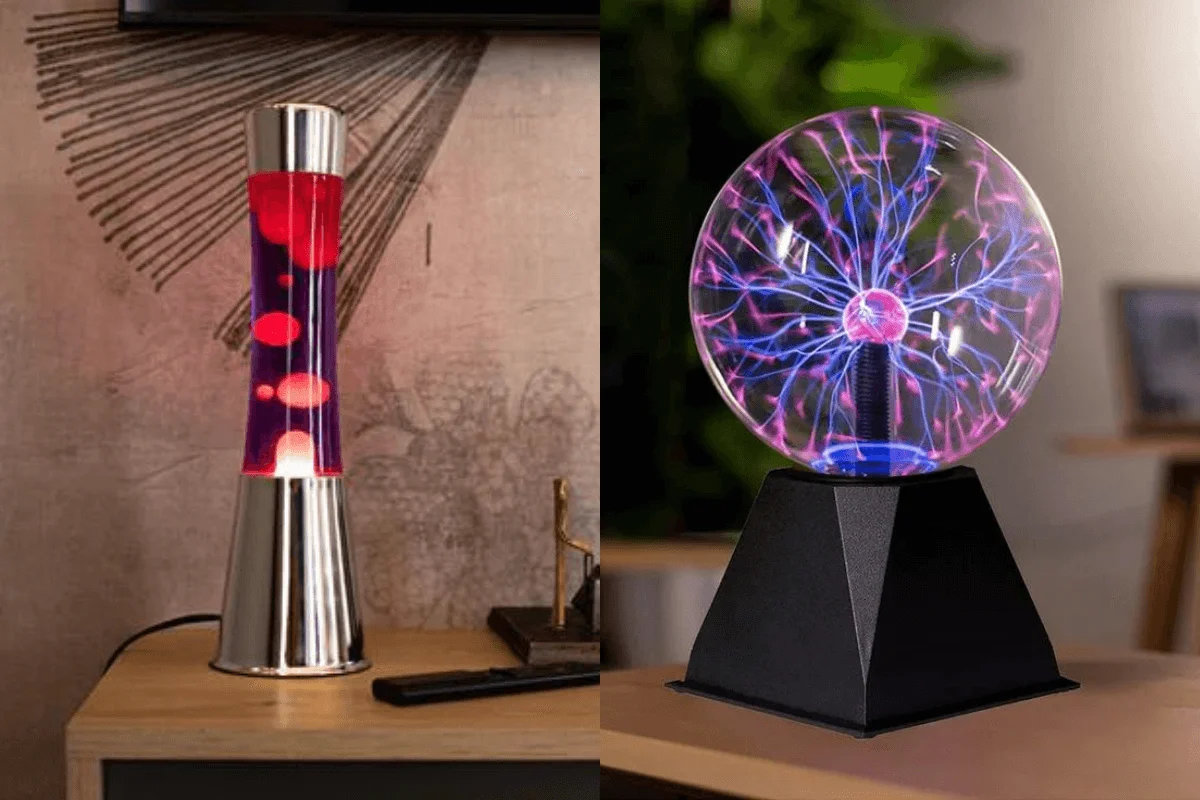
Although their principles are completely different, lava lamps and plasma lamps are closely related.
Inspired by this concept, he began experimenting with fluids and liquid solutions in glass bottles.
Walker eventually succeeded in developing a design in which a substance moved in a colored solution (like oil rising to the surface of water; or vinegar).
Following this invention, Walker decided to set up a company called Crestworth to market these lamps under the name "Astro Lamp". The name was later changed to "Lava Lamp" at the suggestion of one of his friends, who compared the lamp's fluid movements to those of magma.

The bubbles and suspended matter of a lava lamp are somewhat reminiscent of molten lava.
Lava lamps rapidly gained popularity in the 1960s and 1970s, before falling somewhat into disuse during the 1990s. Walker's company was eventually renamed Mathmos, and continued to produce his lamps, albeit in smaller quantities.
(The Mathmos company is still active today!)
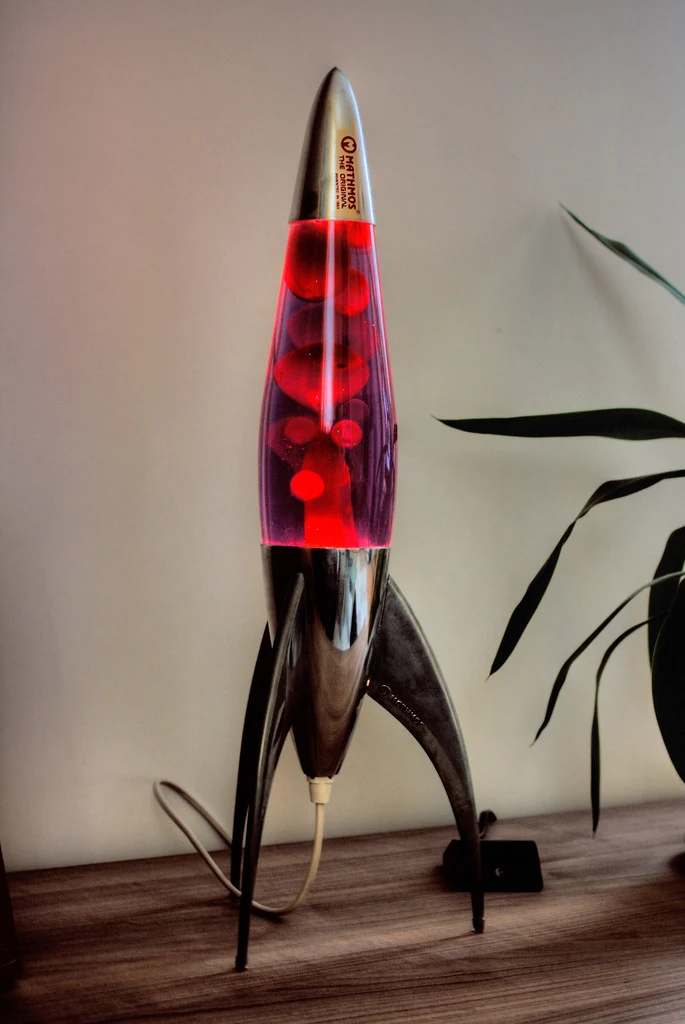
Over time, the lava lamp has become a symbol of the 60s and 70s, and of retro kitsch in general. They have since become collector's items and emblematic decorative elements of those decades.
Robert Craven Walker died on August 15, 2000 at the age of 82.
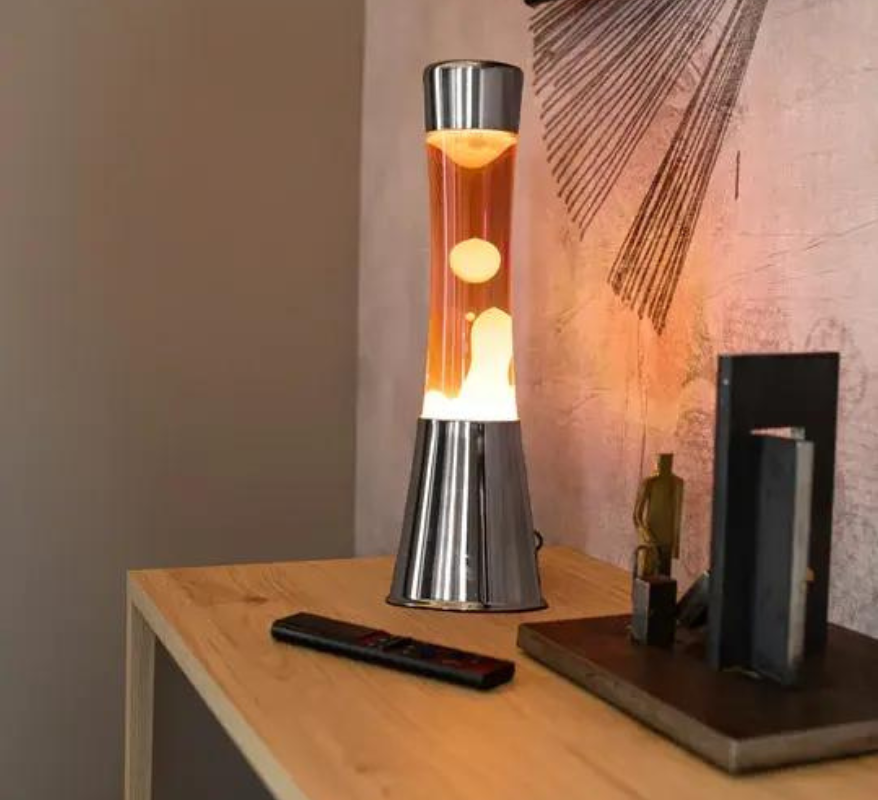 Add color and unique retro style to your bedroom with a lava lamp!
Add color and unique retro style to your bedroom with a lava lamp!
How does a lava lamp work?
The operation of a lava lamp is based on a simple principle involving the difference in density between two liquids and the variation in temperature.
Wax and colored liquid are usually contained in a glass bottle. A bulb in the base of the lamp heats the bottle and the liquid inside from below. This melts the wax, which then travels up and down the lamp.
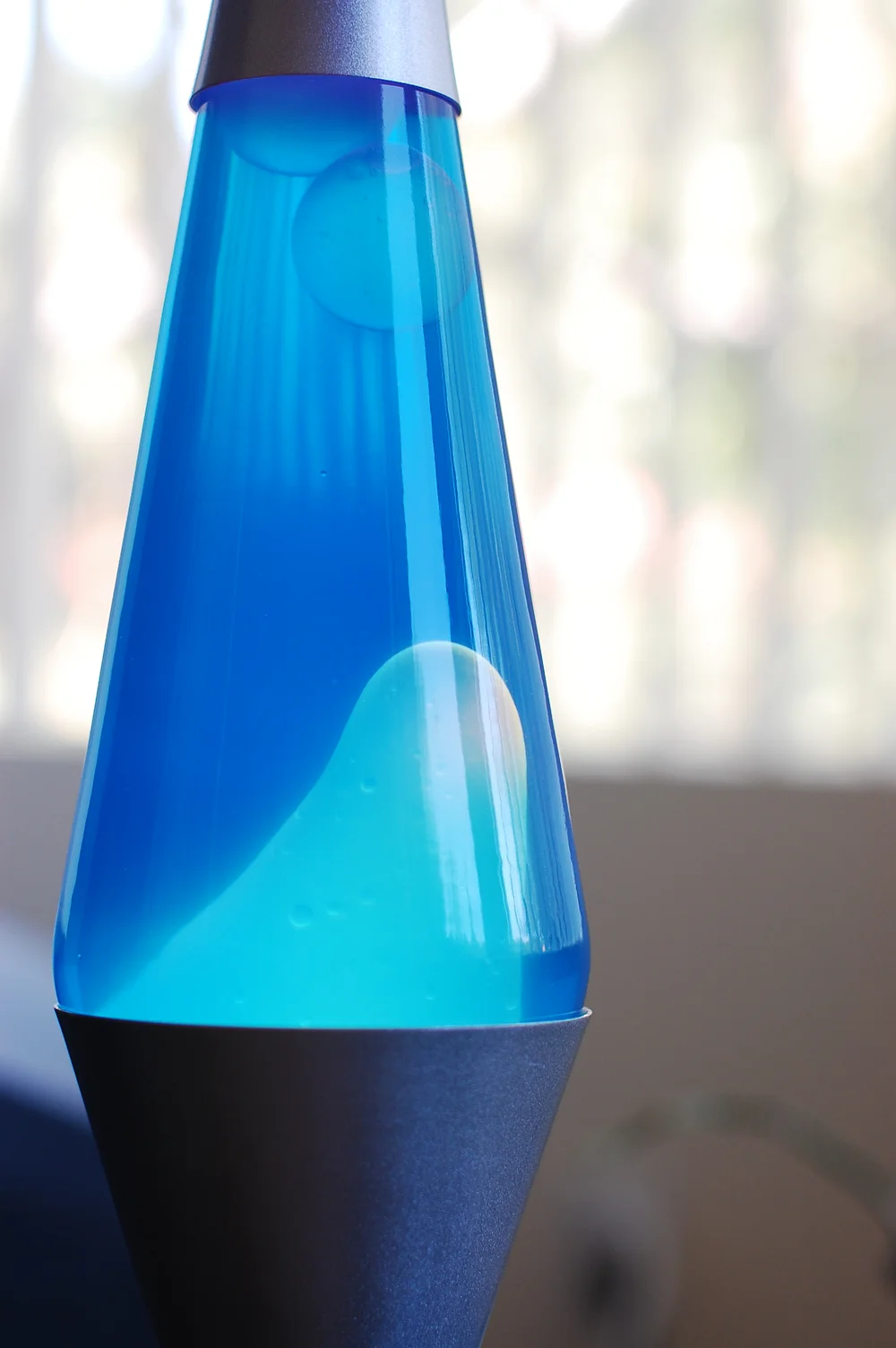
Note: heating time may vary depending on the bulb. It's also worth noting that the ambient temperature of the room can influence the way the light works.
The basic principle of the lava lamp could be compared to that of vinegar in water (two liquids that don't mix).
In the case of vinegar and oil, the molecules of both substances are more attracted to their own molecules than to the molecules of the other substance. This is why vinegar and oil don't mix.
Let's see how a lava lamp works in general:
- Base and bulb: the base of the lava lamp contains a bulb, which heats and illuminates the lamp from below.
- The liquids: inside the lamp's glass container (often bottle-shaped), there are two immiscible substances. Usually, one is a colored liquid composed mainly of water; the other is wax.
- Heating: when the lamp is switched on, the bulb in the base heats the liquid and the wax. The heat produced by the bulb melts the wax.
- The heating and rising cycle: under the effect of heat, the wax eventually melts and its density becomes less than that of the liquid. Now malleable and less dense, the wax rises by itself to the top of the luminaire tube.
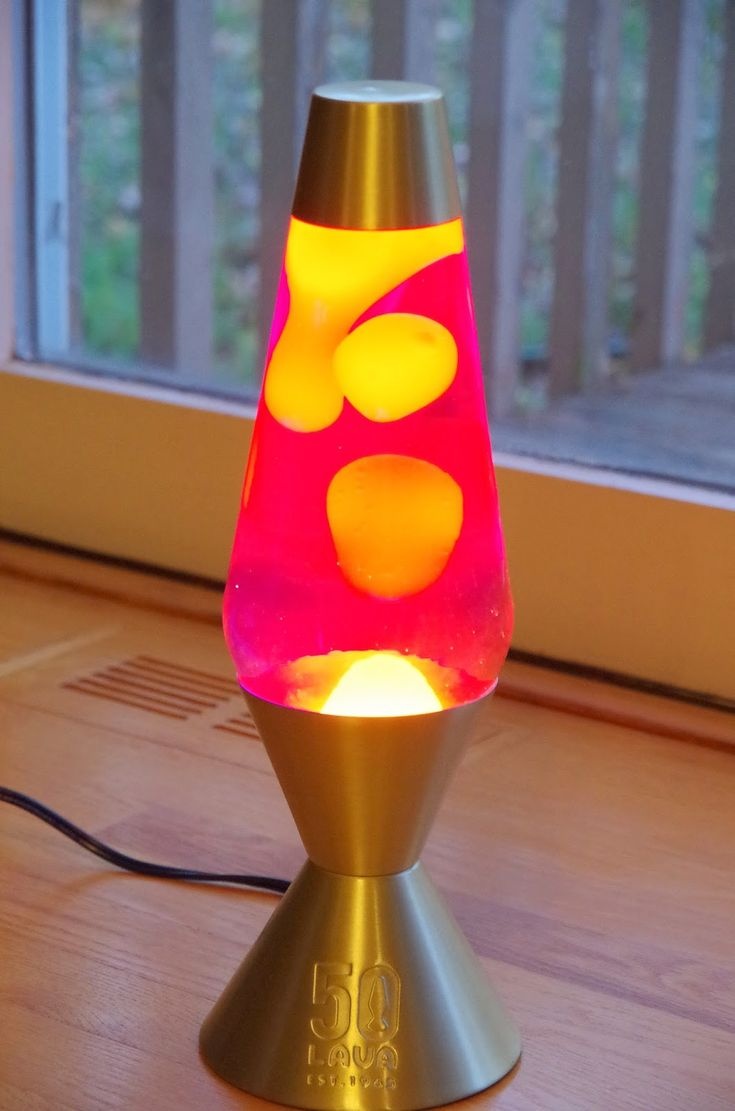
- Bubbles and cooling: as it rises to the top of the container, the wax comes into contact with the least hot part of the liquid, as it is towards the top of the lamp.
- Movement: as it reaches the top (towards the surface) and cools, the wax changes density once again, eventually sinking to the bottom. As it does so, it crosses the rest of the wax, which is still hot and rises again. This creates the movement typical of lava lamps, where bubbles can be seen criss-crossing the tube. All this is actually caused by the heating and cooling of the wax!
- The cycle: back towards the base of the container, as close as possible to the lamp, the wax can heat up. As its temperature rises again, and its density falls, the wax rises again. As it does so, it crosses the wax, which moves back down, and so on.
This cycle of heating, rising and cooling creates the characteristic hypnotic patterns seen in a lava lamp. The combination of fluid wax movements, bubbles and colors creates a fascinating ballet that has made the lava lamp a popular object.
To summarize: In the case of the lava lamp, as in the case of oil in vinegar, two immiscible liquids with a difference in density produce characteristic movements when the density changes due to heat (in the case of the lava lamp) or dissolution (in the case of oil in water).
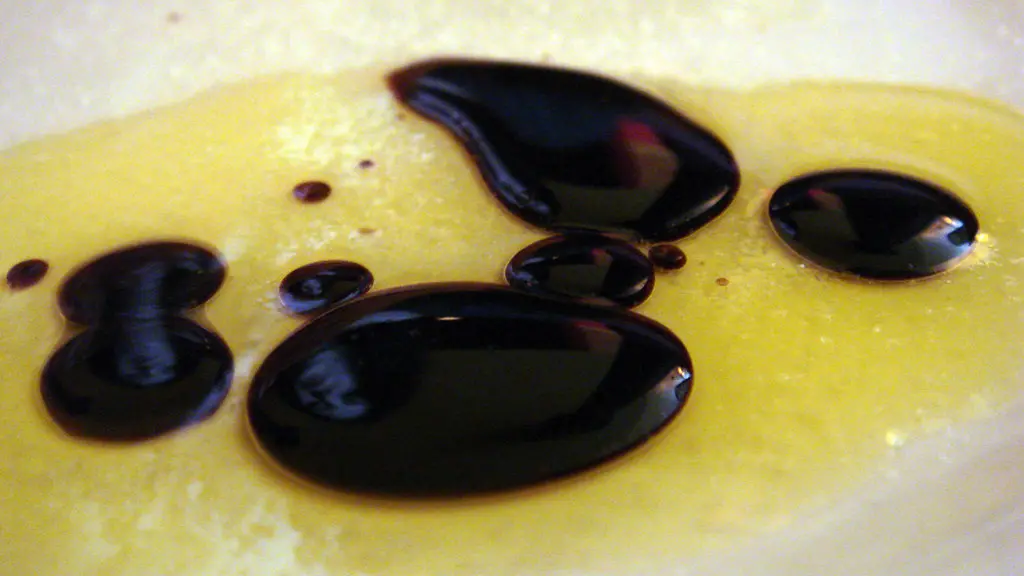 Vinegar and oil: it's all a question of molecules!
Vinegar and oil: it's all a question of molecules!
Discover a selection of lava lamps to transform your home.
The lava lamp, symbol of psychedelia
The lava lamp had a significant influence on popular culture and became a symbol of the 1960s and 1970s. Time has made it a cultural product inseparable from the era in which it was born!
Here are some key facts about its influence and success:
- 60s-70s counter-culture icon: the lava lamp became a symbol of the counter-culture and psychedelic era of the 1960s and 1970s. Its hypnotic appearance and moving material perfectly captured the spirit of this era of free expression and experimentation.
Decorative and entertainment element: the lava lamp quickly became a popular decorative object in homes, offices and entertainment spaces. Its unique appearance and suspended material made it a conversation piece and a visual attraction.
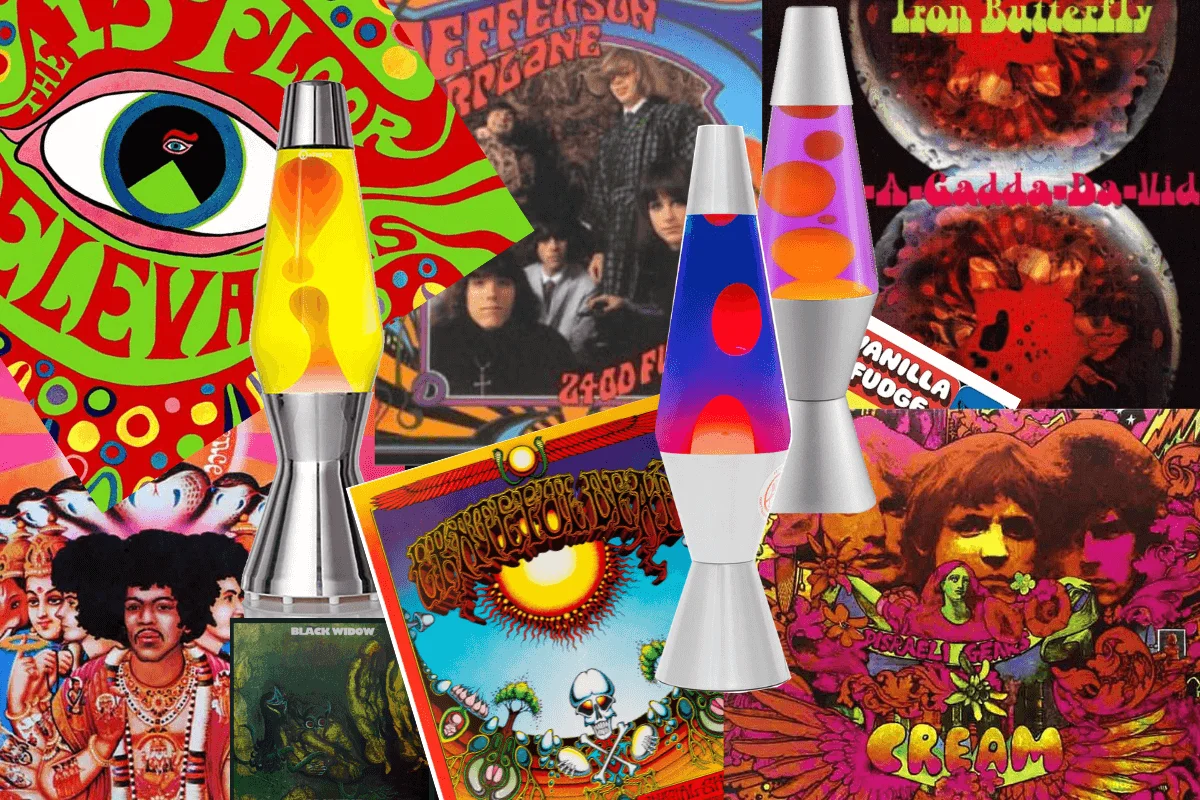 The lamp became one of the symbols of the psychedelic movement.
The lamp became one of the symbols of the psychedelic movement.
- Associations with music and film: the lava lamp is often associated with psychedelic music, progressive rock and other musical genres of the time. It also appeared in several iconic films of the 1960s and 1970s, reinforcing its status as a cultural icon.
- Symbol of peace and love: because of its association with the counter-culture of the 60s and 70s, the lava lamp is often seen as a symbol of peace, love and freedom. It is one of the products that best embodies the spirit of an era marked by the rejection of social conventions and the search for new forms of artistic expression.
Through its style, its colors and the fascinating ballet of the wax it contains, the lamp became one of the symbols of the psychedelic movement.
The lava lamp has had a lasting impact on popular culture, thanks to its distinctive aesthetic, captivating visual appeal and association with an era of social and cultural change. It remains a symbol of innovation, individuality and creativity.
According to its inventor, Edward Craven Walker: "I think the lava lamp will always be in vogue. It's like the cycle of life. It grows, breaks and starts again".
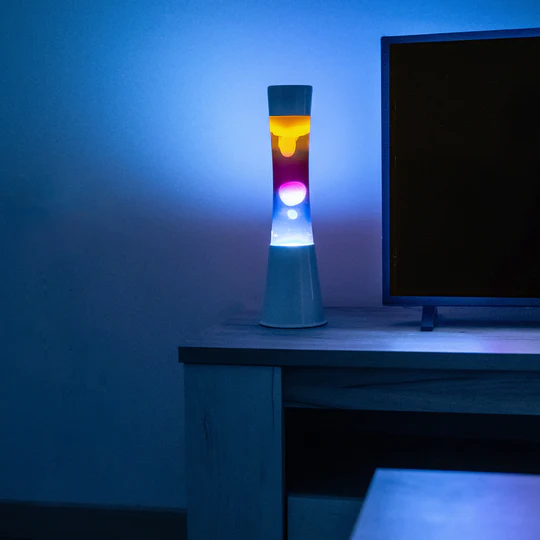 The vintage light par excellence! Add style to your bedroom, study or TV cabinet with a lava lamp!
The vintage light par excellence! Add style to your bedroom, study or TV cabinet with a lava lamp!
The Return of the lava lamp!
In recent years, there has been renewed interest in the lava lamp. In response to this craze for the product, many brands have jumped on the bandwagon, offering their own lava lamps and sometimes surprisingly designed models.
Several factors have contributed to this resurgence in popularity:
- Nostalgia: for many people, the lava lamp conjures up memories of childhood or youth, which arouses a certain nostalgia. Its return to fashion can be attributed in part to a desire to recreate or relive past experiences associated with that era.
- Retro trend: popular culture is currently experiencing a craze for retro, and in particular for the 80s. Consumers are looking for objects that remind them of the charm of that era or of previous decades. The lava lamp, with its distinct 60s-70s aesthetic and colorful, retro-futuristic look, fits perfectly into this trend. Its iconic appearance also makes it an ideal decorative object for adding a vintage touch to your interior at a fraction of the cost.
- Relaxation and well-being: in a world often dominated by technology and digital technology, people are looking for ways to disconnect and create spaces conducive to relaxation and reflection. The lava lamp, with its fluid, soothing movement, offers a visually relaxing alternative to traditional artificial light.
- Presence in popular culture: the lava lamp continues to make appearances in the media, whether in films, TV shows, music videos or advertisements. This ongoing exposure helps maintain public interest in this iconic object.
- Variety of designs: manufacturers have also reinvented the lava lamp to suit contemporary tastes and needs. The product now comes in a variety of designs, sizes and colors to suit different interior design styles.
 There's sure to be a lamp with the right color or design for you! Discover the glitter lava lamp!
There's sure to be a lamp with the right color or design for you! Discover the glitter lava lamp!
In short, the lava lamp's return to fashion can be explained by a combination of nostalgia and retro design trends. It remains an old-fashioned yet timeless decorative object that continues to attract the attention of people of different generations, children and adults alike.
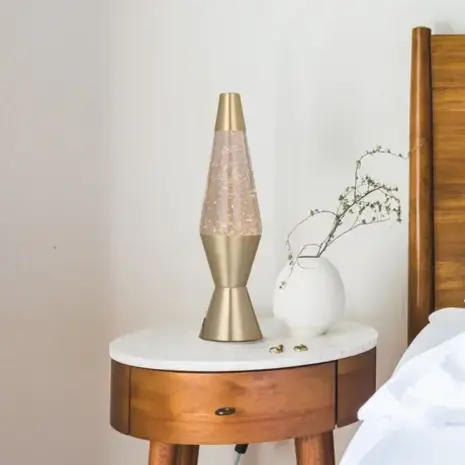
What's a lava lamp for?
The lava lamp can be used in a variety of ways, depending on personal preference and context.
Here are a few common uses for this object:
- Interior decoration: the lava lamp is often used as a decorative element in homes, offices, recreation rooms and leisure areas. It adds a soothing, retro style to any space, whether living room, bedroom, office or playroom.
- Relaxing effect: with its fluid, hypnotic movement, this luminaire creates a relaxing, soothing ambience. It can be used for relaxation, meditation or simply to create a warm atmosphere.
- Atmospheric lighting or nightlight: although the lava lamp is not designed to provide main lighting, it is perfect for setting the mood thanks to its colors. In a dimly lit room, the luminaire's colors and movement create a unique atmosphere!
The lava lamp can be used as a nightlight, or to generate a dim light that can be pleasant for watching TV or simply relaxingAn ideal decorative object for creating a unique atmosphere.
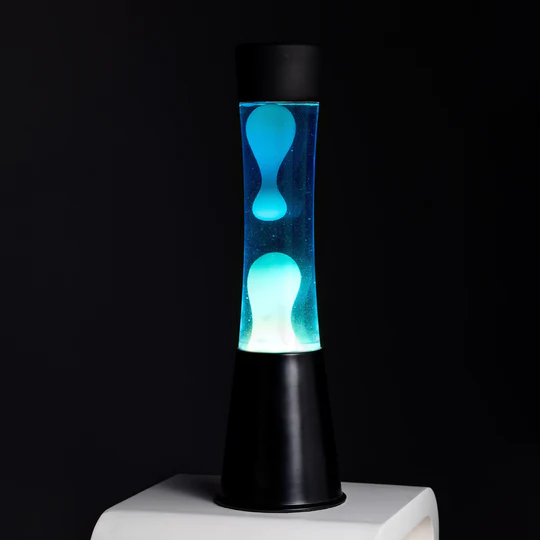 An ideal decorative object for creating a unique atmosphere.
An ideal decorative object for creating a unique atmosphere.
- Collector's item: for retro and vintage enthusiasts, the lava lamp can be a collector's item. Some popular models are even relatively expensive.
- Original gift: because of its visual appeal and uniqueness, the lava lamp is both a popular and original gift. It's popular with children and makes a fun gift for a variety of occasions, such as birthdays, housewarming parties or the festive season.
- Use as a sensory therapy accessory: some therapists use lava lamps as part of sensory therapies to help people relax, concentrate or manage stress and anxiety. The fluid movements, suspended bubbles and soothing colors can be beneficial for some individuals.
Want to transform the atmosphere of a room? Discover Fisura lava lamps.
Lava lamps can be used in many different ways, whether to decorate a space, create a relaxing atmosphere or provide accent lighting. Its use largely depends on the preferences and needs of each individual.
How to make a homemade lava lamp
Would you like to try out a fun experiment at home, or understand the lava lamp principle a little better?
Making a homemade lava lamp with oil, vinegar and dye can be a fun and creative project!
Materials required:
- Clear glass bottle
- Vegetable oil
- White vinegar
- Food coloring
- water
- Alum (optional, to stabilize bubbles).
Instructions:
- Fill the glass bottle with vegetable oil to about 3/4 of its capacity.
- In a separate bowl, mix white vinegar with water. Use approximately 1/4 vinegar to 3/4 water. You can adjust the quantities according to the size of your bottle and the desired height of your lamp!
- Add a few drops of food coloring to the vinegar and water mixture. Mix well to obtain the desired color for your bubbles.
- Slowly pour the colored vinegar mixture into the oil-filled bottle. Be sure to pour gently to avoid creating too many bubbles.
You can also add a small amount of alum (a double sulfate of aluminum and potassium) to the vinegar and water mixture to help stabilize the bubbles. - Once you've added the vinegar mixture to the oil bottle, you should see bubbles forming and slowly moving down through the oil. If the bubbles don't go down, you can ' the bottle to help them form.
- To activate your lava lamp, place a flashlight or small LED light under the bottle. The heat from the lamp will warm the vinegar and water mixture, creating bubbles that will rise through the oil.
You can experiment with different colors of food coloring and ratios of water to vinegar to achieve the desired effect! (You can also use bicarbonate. Bicarbonate and vinegar are known to react!)
No time for DIY experiences? Discover Fisura lava lamps.
Conclusion
From Crestworth to Mathmos, from psychedelia to the retro revival we see today, the lava lamp has established itself as one of the iconic products of the late 20th century. Whether to create a relaxing ambience in a bedroom, revive nostalgic memories or marvel at their suspended wax, lava lamps will continue to illuminate our lives and embody the spirit of innovation typical of the late 20th century.
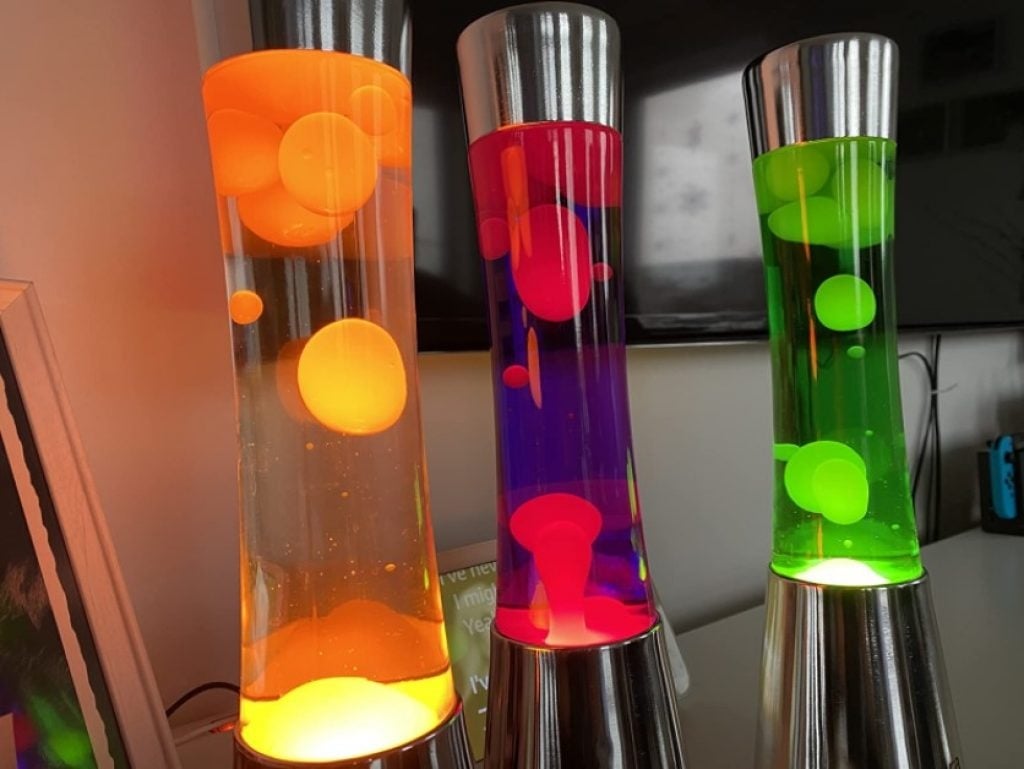
Recent articles

Hopono puts mums in the spotlight: our ideas for pampering them!

Des Vacances Inoubliables pour Parents et Ados : Les pépites d'Hopono

Unforgettable Holidays for Parents and Teens: Hopono's treasures

Spring holidays: Hopono has something for everyone!



